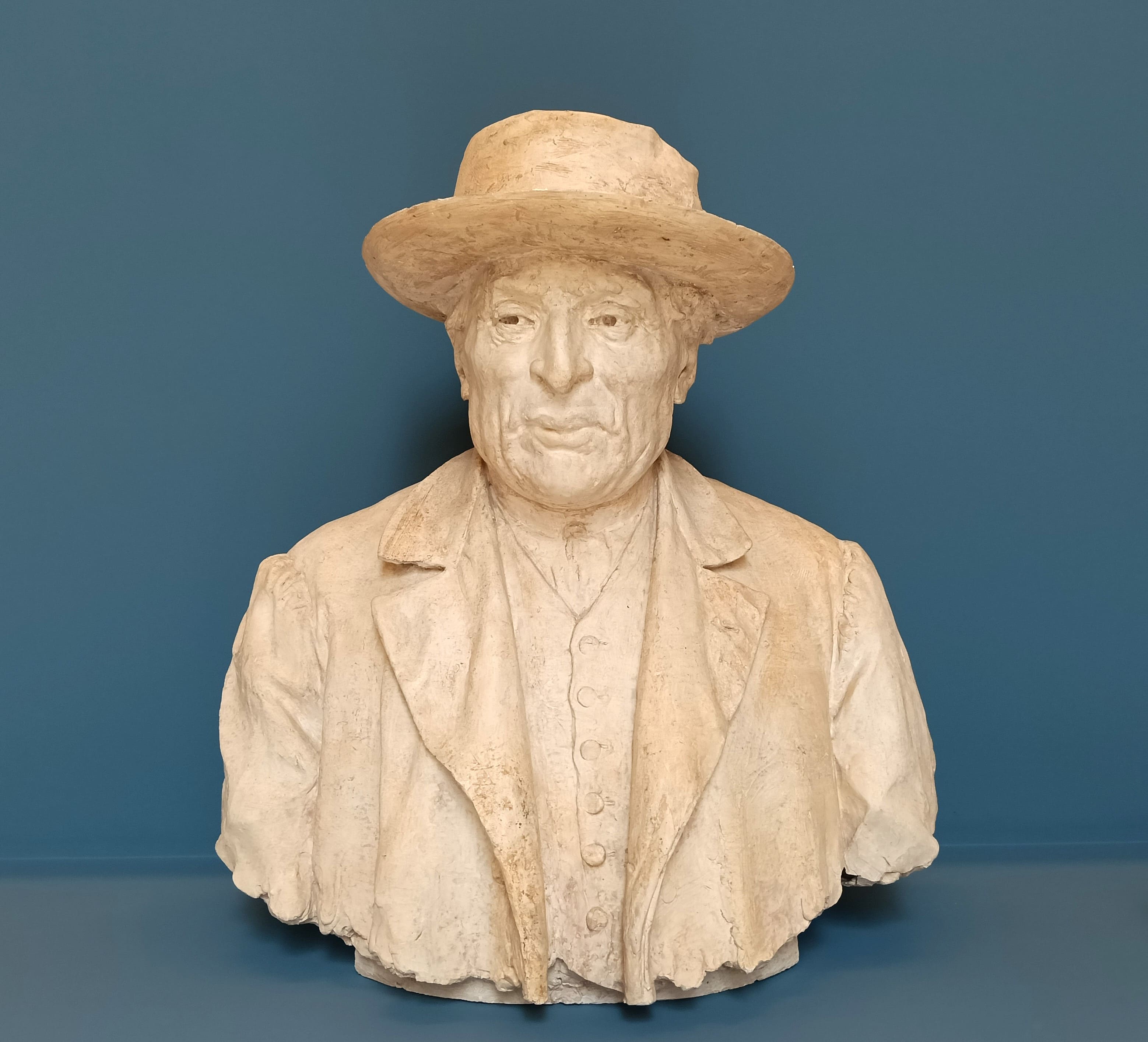Luigi Bailo
Born in Treviso in 1835 and living for almost a century, Abbot Luigi Bailo had a profound influence on the cultural environment of Treviso.
A scholar and writer, with a degree in Philosophy from the University of Padua and professor of Literature at the Liceo Canova, secretary of the Ateneo Veneto, Bailo cultivated liberal ideas that often brought him into conflict with the local ecclesiastical hierarchy. He experienced the turmoil of the Risorgimento, contributing on numerous occasions to newspapers of the time such as Il Monitor di Treviso.
For over fifty years, he was director of the Civic Library, overseeing its transfer in 1878 from the building overlooking Piazza dei Signori, designed by architect Bomben, to the former Carmelite convent complex (where it occupied the ancient building of the Chiesa degli Scalzi), curating its reorganisation and development through donations and acquisitions.
With the opening of the Bailo Library, he founded the Trivigiano Museum at the same location: a heterogeneous collection assembled over the years, including archaeological materials (such as the Roman lapidary), frescoes removed from palaces and religious buildings in the city, ceramics and applied art objects, ancient and modern paintings and sculptures, which were gradually distributed throughout the convent spaces. The objects on display in the museum (opened to the public in 1888) are the result of the abbot's tireless efforts in researching and recovering historical materials and protecting the local heritage, which he often shared with artists and restorers (such as Antonio Carlini and the Botter family). Well known in this context is the story of the rescue, in 1883, of the frescoes depicting The Stories of Saint Ursula by Tommaso Da Modena, which were in the Church of Santa Margherita and close to destruction, and are now preserved in the Church of Santa Caterina.
A patron and supporter of young artists (including Arturo Martini), he made important purchases (for which he did not hesitate to use his private funds) that became part of the museum's collection: one example is the Painter's Family Group, a masterpiece by the sixteen-year-old Hayez.
He was one of the first advocates of merging the Municipal Art Gallery with the Trivigiano Museum, with a view to creating a cultural and educational centre for ancient and modern art history at the Borgo Cavour site, together with the Library and the city archives. The Pinacoteca, of which he was interim curator in 1879-1881, shared the building in Piazza dei Signori with the Library at the time; damaged during the Great War, it remained without a permanent home for years.
The consolidation and necessary reorganisation of the collections, according to the criteria of modern museology, was completed in the second half of the 1930s by Luigi Coletti, successor to Abbot Bailo, who died in 1932.
